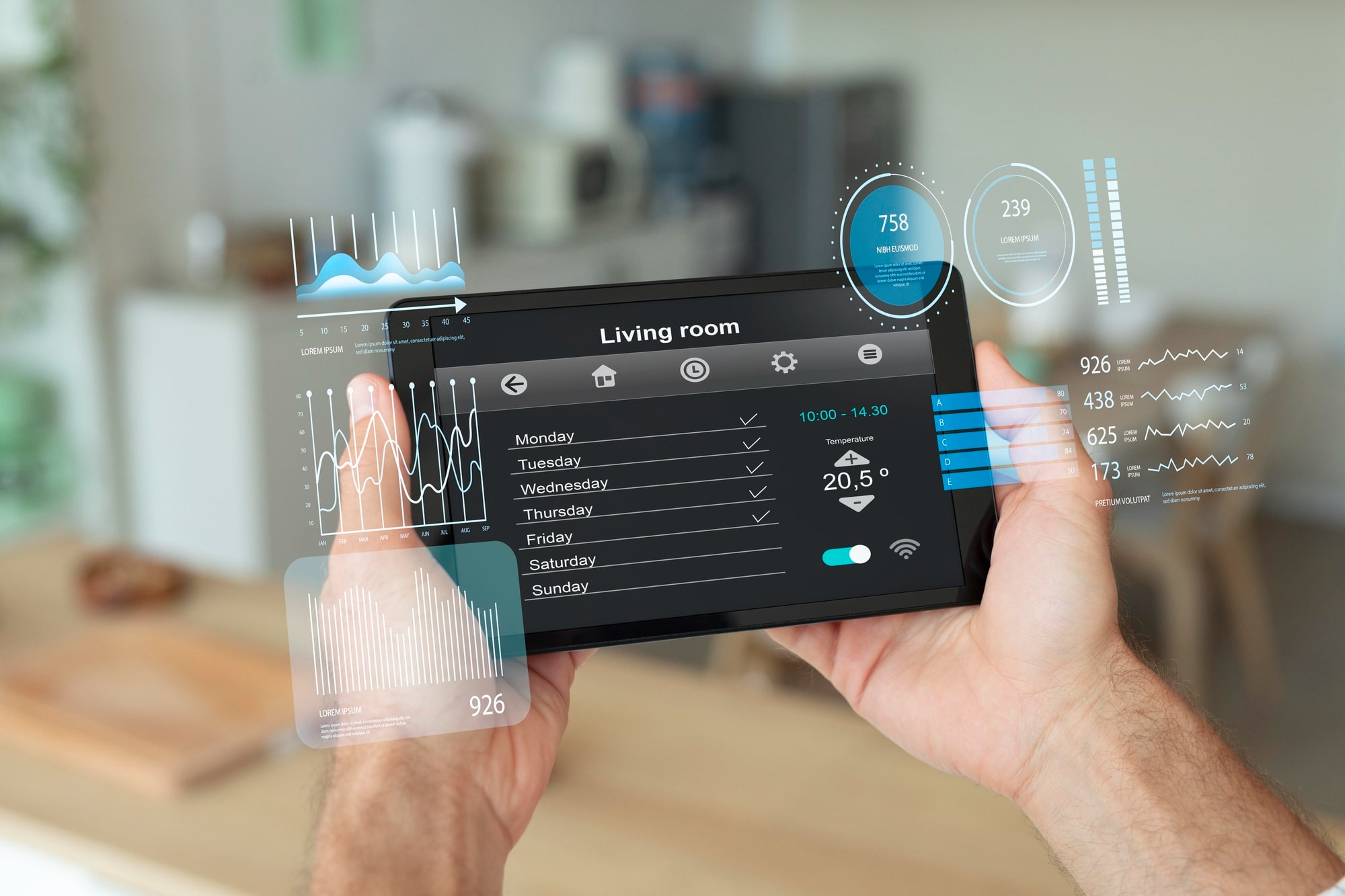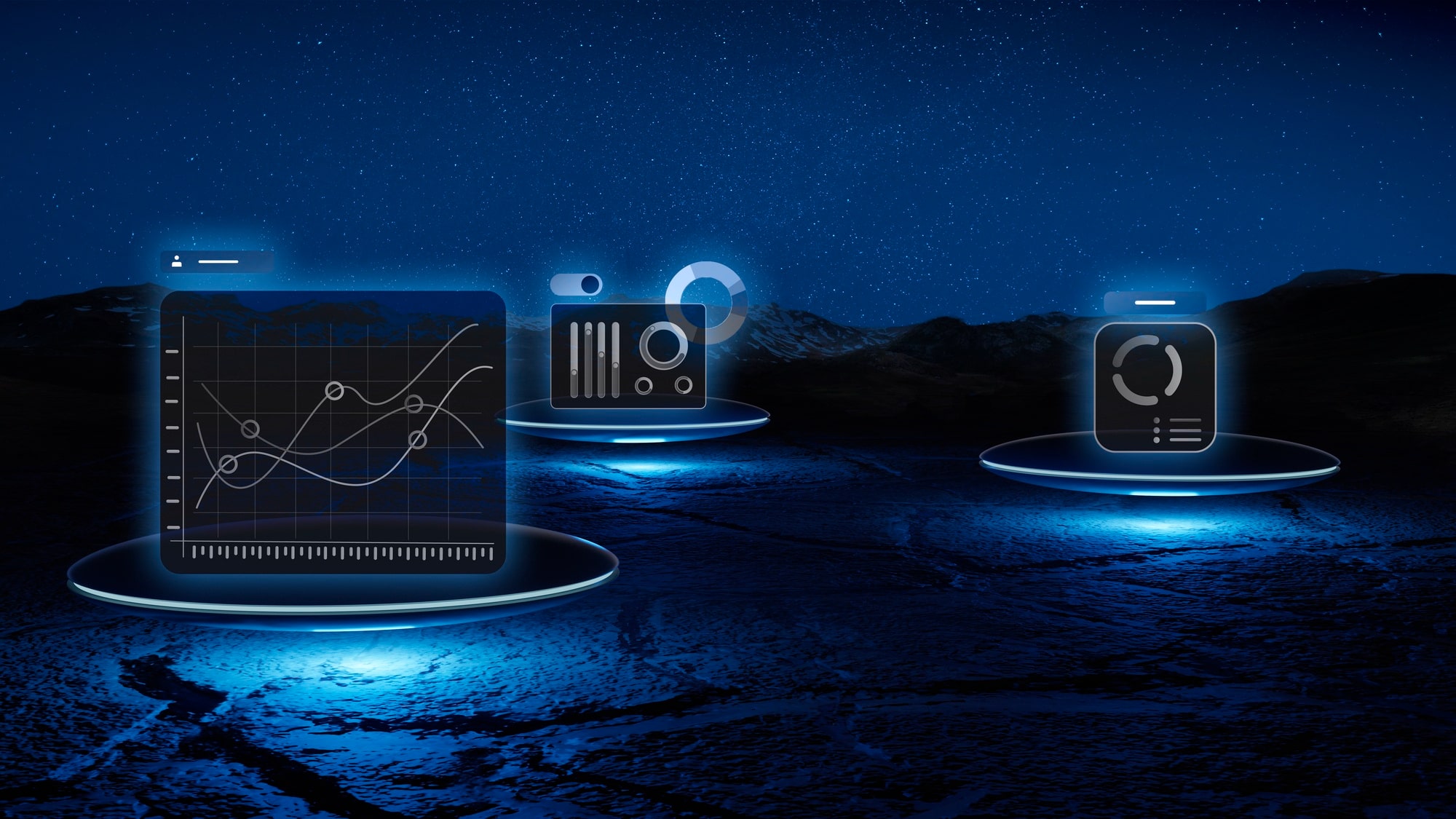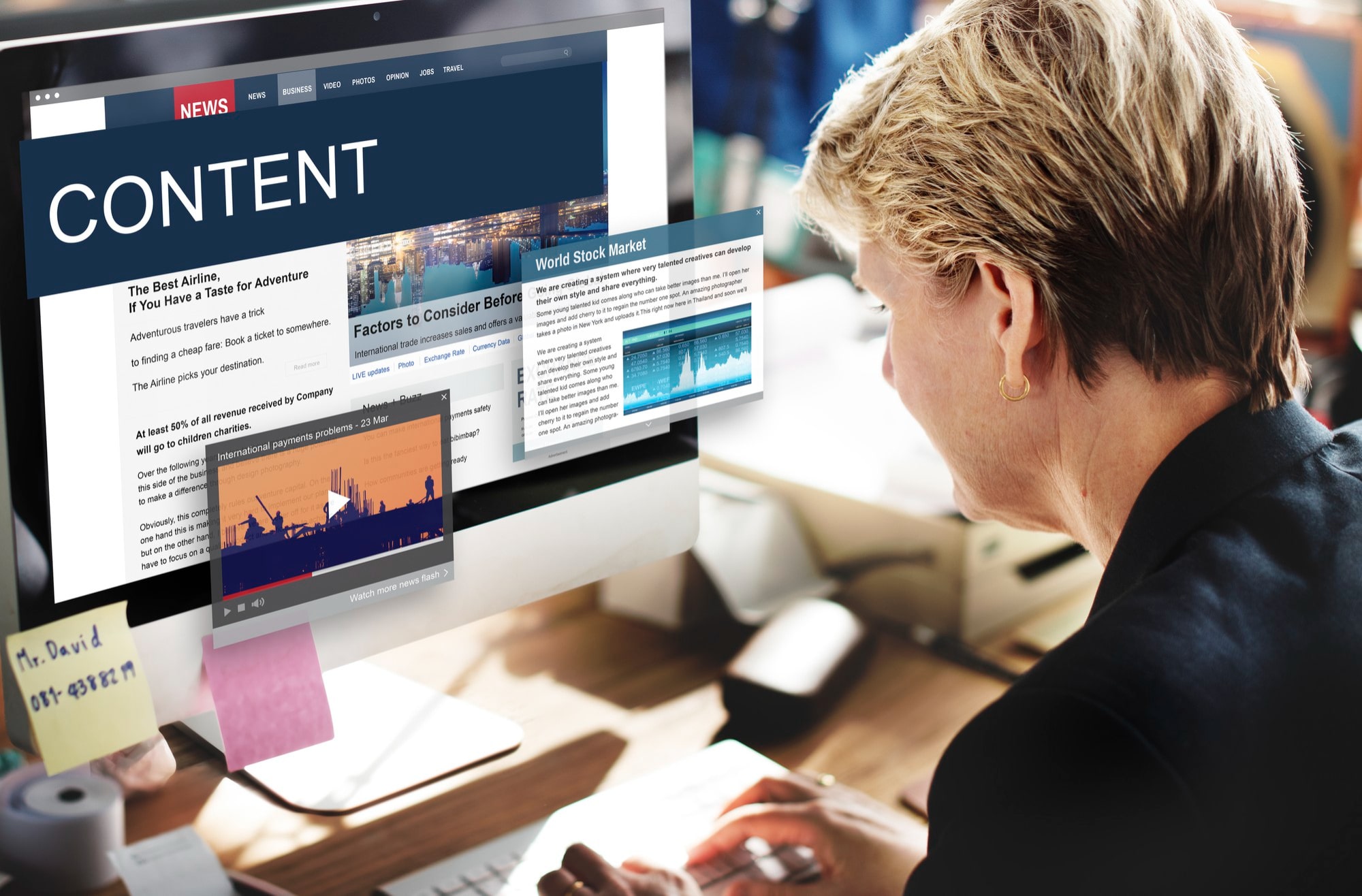Introduction
In the digital world, content isn’t just king — it’s the entire kingdom. But great content doesn’t happen overnight. It’s built through a strategic process known as the web content lifecycle, a vital framework that guides every piece from idea to impact. If your website is struggling to rank, attract leads, or stay relevant, chances are you’re not following this lifecycle. This guide explains how to take control, stay consistent, and win online with every word you publish.
What Is Web Content Lifecycle?
Think of content like a product. It needs to be researched, created, tested, launched, supported, and eventually retired. That’s exactly what the web content lifecycle does. It encompasses all the stages your content undergoes — from planning and creation to publication, maintenance, and eventual retirement. When you follow this process, your site stays updated, valuable, and trustworthy to users and search engines.
Stage 1: Strategic Planning
Everything starts with a solid plan. Without clear direction, content is just noise. Planning helps you define who you’re speaking to, what you’re saying, and why it matters. It’s where you set goals, identify your target audience, perform keyword research, and create a content calendar. This stage is where ideas take shape and purpose begins. You must also identify the purpose behind each piece — is it to inform, engage, sell, or inspire? Planning helps ensure that every word serves a goal, not just fills space.
Stage 2: Creation Of Content
Once your plan is clear, it’s time to bring your content to life. Writers, designers, and developers collaborate here. The goal is to produce meaningful, relevant, and optimised content. The tone should reflect your brand, whether professional, casual, or playful. Every sentence must be clear and engaging. Paragraphs should be short and easy to scan. Search engines prefer helpful, high-quality content. So, add value, solve problems, and speak like a human. Avoid fluff. Say more with less. A good headline can pull readers in, but substance keeps them there. This is where emotional storytelling, trust-building tips, and user intent must align. Powerful content makes the reader feel understood — and that’s how conversions happen.
Stage 3: Review And Approval
Before anything goes live, a review is essential. This step ensures your content is accurate, well-written, aligned with your tone, and legally safe. It’s where you correct typos, verify facts, and refine SEO elements, such as headings, meta descriptions, and internal links. Think of this phase as your quality control. Editors or stakeholders may suggest changes, and that’s a good thing. Feedback strengthens the final piece. Even seasoned writers miss things. That’s why professional review matters. It turns good content into great content.
Stage 4: Publishing On Web
Now the content goes live. Publishing isn’t just clicking “Post.” It’s about formatting it properly, choosing the right visuals, linking it to related pages, and ensuring it loads well on all devices. Ensure your CMS (such as WordPress or Webflow) displays the content correctly. Check headings, spacing, buttons, and media files for accuracy. URLs should be SEO-friendly. Images must load fast. The experience should be smooth, whether viewed on a desktop or a mobile device. Also, double-check that schema markup, title tags, and meta descriptions are in place. They may not be visible to users, but they matter to Google.
Stage 5: Promotion And Distribution
Once live, content must be seen. Even the best article won’t perform unless promoted properly. This step involves sharing your content on the right channels — including email newsletters, LinkedIn posts, Facebook updates, Instagram stories, and relevant forums or communities. A content promotion strategy could include paid ads, influencer shoutouts, partnerships, and even reposting old content with fresh titles. Remember: you worked hard to create this. Don’t let it sit in silence. Distribute it widely and consistently. That’s how reach becomes results.
Stage 6: Monitor Performance
Content doesn’t end after publishing. Now it’s time to observe. This stage helps you see what’s working and what’s not—Utilise Google Analytics to monitor traffic, bounce rates, conversions, and user behaviour. Look at rankings with Search Console. Find out what keywords are bringing people in — and which pages they’re bouncing from. It’s not just about numbers. It’s about understanding your audience. Why do they click? Why do they stay? Why do they leave? These insights help you make better decisions moving forward. They serve as the roadmap to continuous improvement.
Stage 7: Updating And Maintenance
Content ages, fast. What you wrote six months ago may no longer be accurate. That’s why maintenance is so important. Outdated statistics, broken links, and obsolete ideas can harm your site’s credibility. On the other hand, updated content performs better in search rankings and user trust. Every few months, revisit your top-performing pages to ensure they continue to be effective. Refresh old blog posts with new data. Change the headline. Replace outdated screenshots. Improve internal linking. This phase helps you squeeze more value out of what you already have, without having to start from scratch.
Stage 8: Archiving Or Retiring
Some content won’t last forever. It may refer to an expired promotion. It may be irrelevant now. It could never have performed well. When that happens, it’s time to either improve it or say goodbye. Content that no longer serves your audience clutters your site. It confuses users and dilutes your brand authority. If it’s worth saving, update it. If not, redirect it to a related page or remove it entirely. Keep your content clean and purposeful.
Why Following Web Content Lifecycle Matters
When you manage your content with care, you build stronger trust, better rankings, and smoother workflows. You also avoid content chaos, like duplications, outdated messaging, or missed opportunities. This lifecycle ensures:
- Content always aligns with business goals.
- Users find valuable information easily.
- Search engines recognise your site as active and trustworthy.
- Your team works efficiently, with less rework.
- Visitors become subscribers, leads, and paying customers.
Most importantly, it builds a content machine — one that works 24/7 for your brand.
Conclusion
Content is more than writing words on a page. It’s a process, a journey, a cycle that never really ends. Web content lifecycle helps you create with intention, publish with purpose, and grow with consistency. It turns random efforts into real results. When every stage is done well, your content becomes a living asset, not just a one-time task. In a world where content is everywhere, smart content wins. So plan wisely. Write passionately. Update often. And retire with reason.
It’s not just about producing more. It’s about managing better.
Frequently Asked Questions
Why is the web content lifecycle important?
It ensures your content stays relevant, accurate, and aligned with both user needs and business
goals — all while saving time and improving SEO.
How often should I update my website content?
Ideally, review top content every 3–6 months. Update outdated posts, add fresh statistics, and
regularly improve SEO elements.
What happens if I skip content promotion?
Your content may not reach its intended audience. Even high-quality content needs distribution
to generate traffic and engagement.
Can old content hurt SEO?
Yes. Outdated or irrelevant content can confuse users and reduce your authority. It may even
lead to higher bounce rates and lower rankings.
Should I delete underperforming content?
Not always. First, try to improve it. If it still has no value, consider archiving or redirecting it to a
better-performing page.






0 Comments